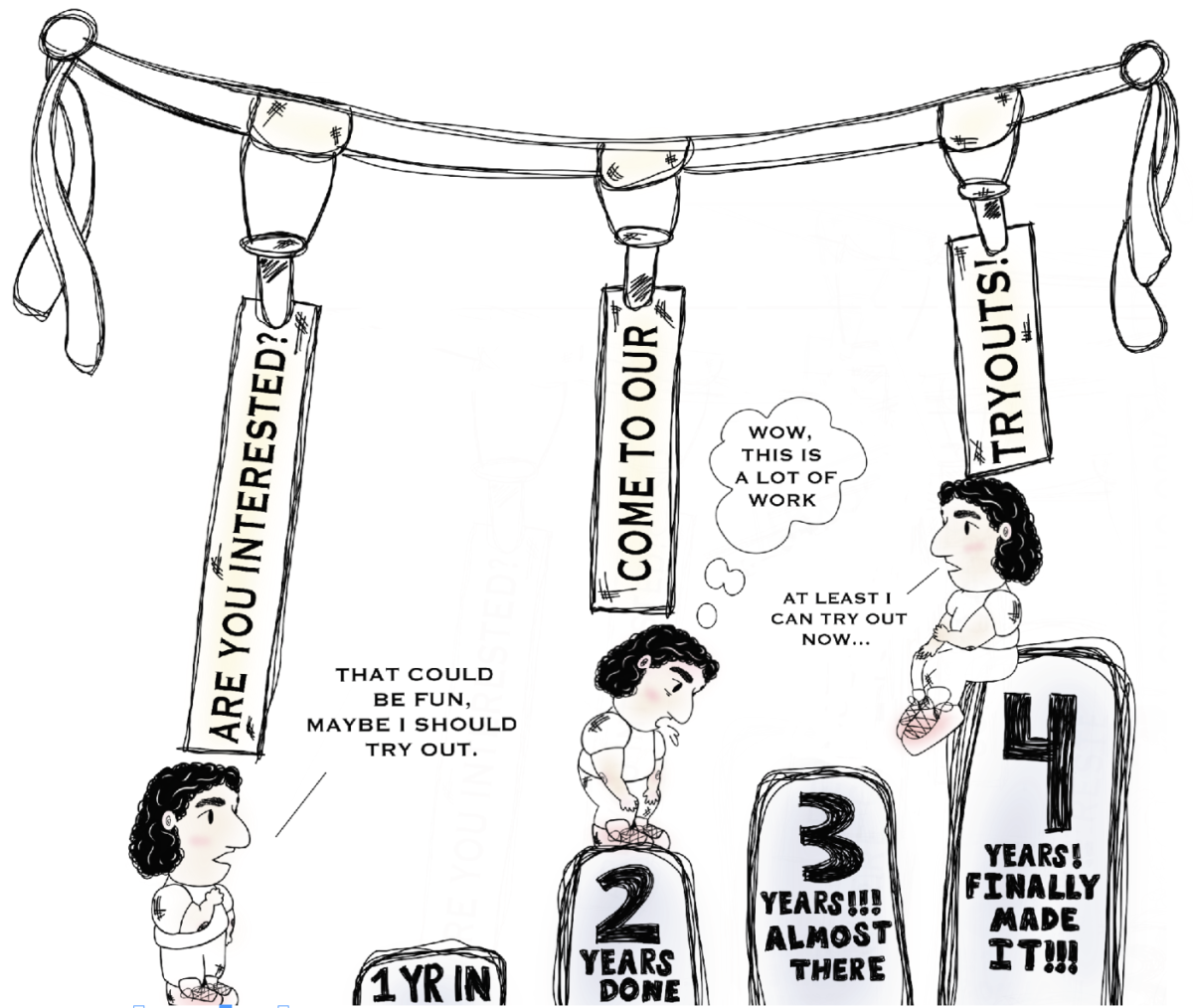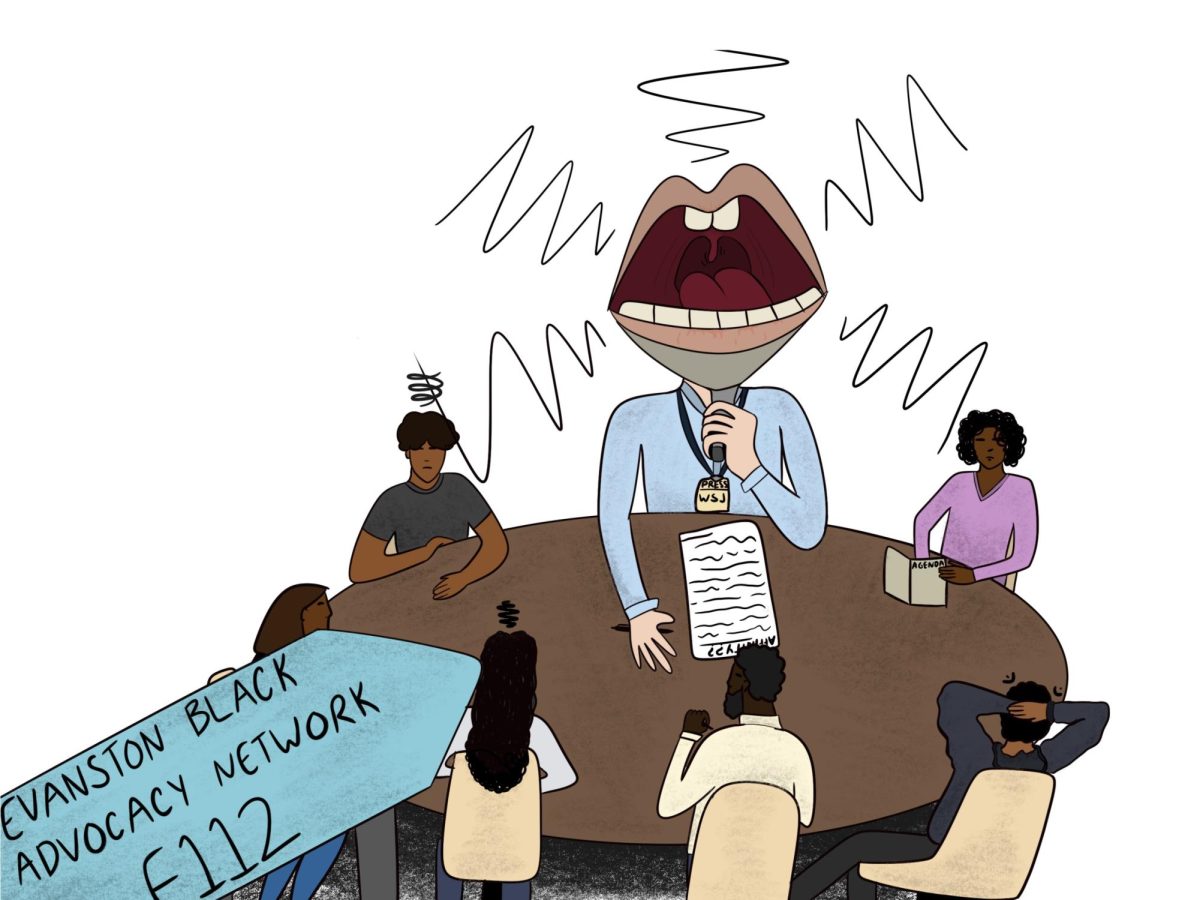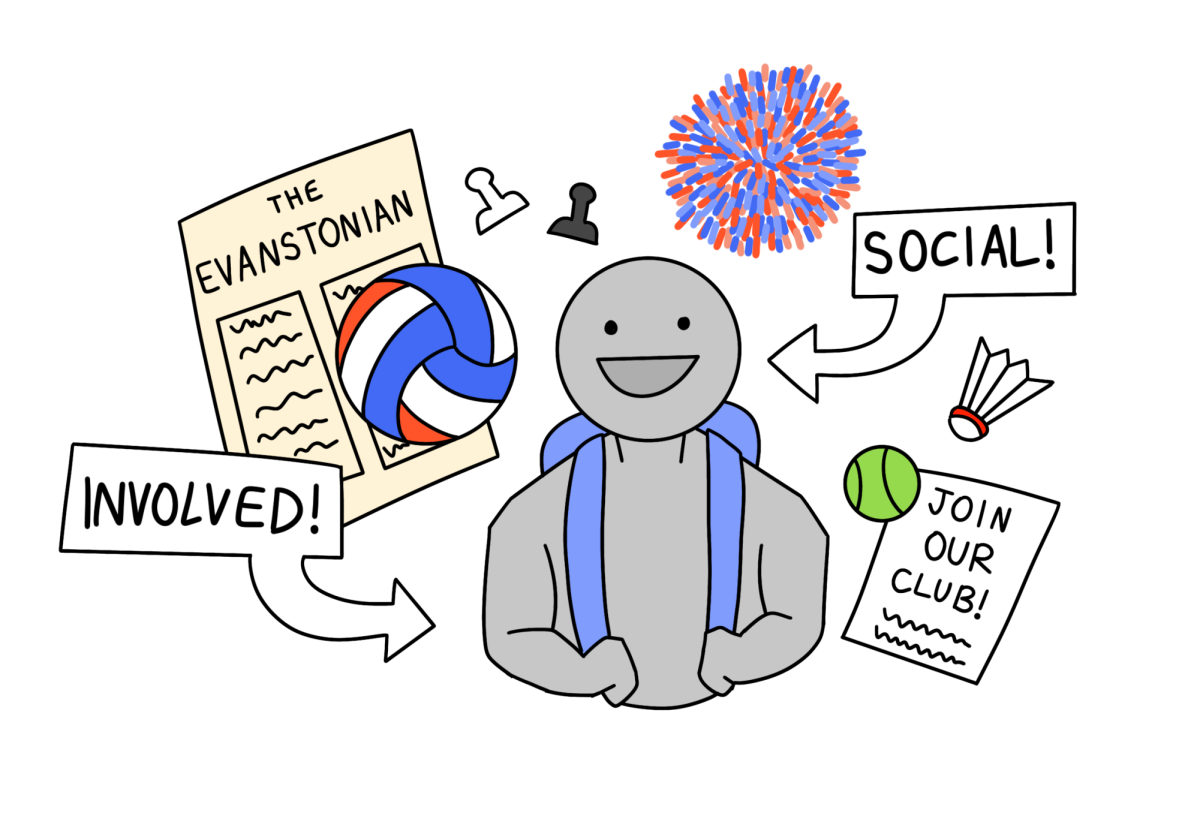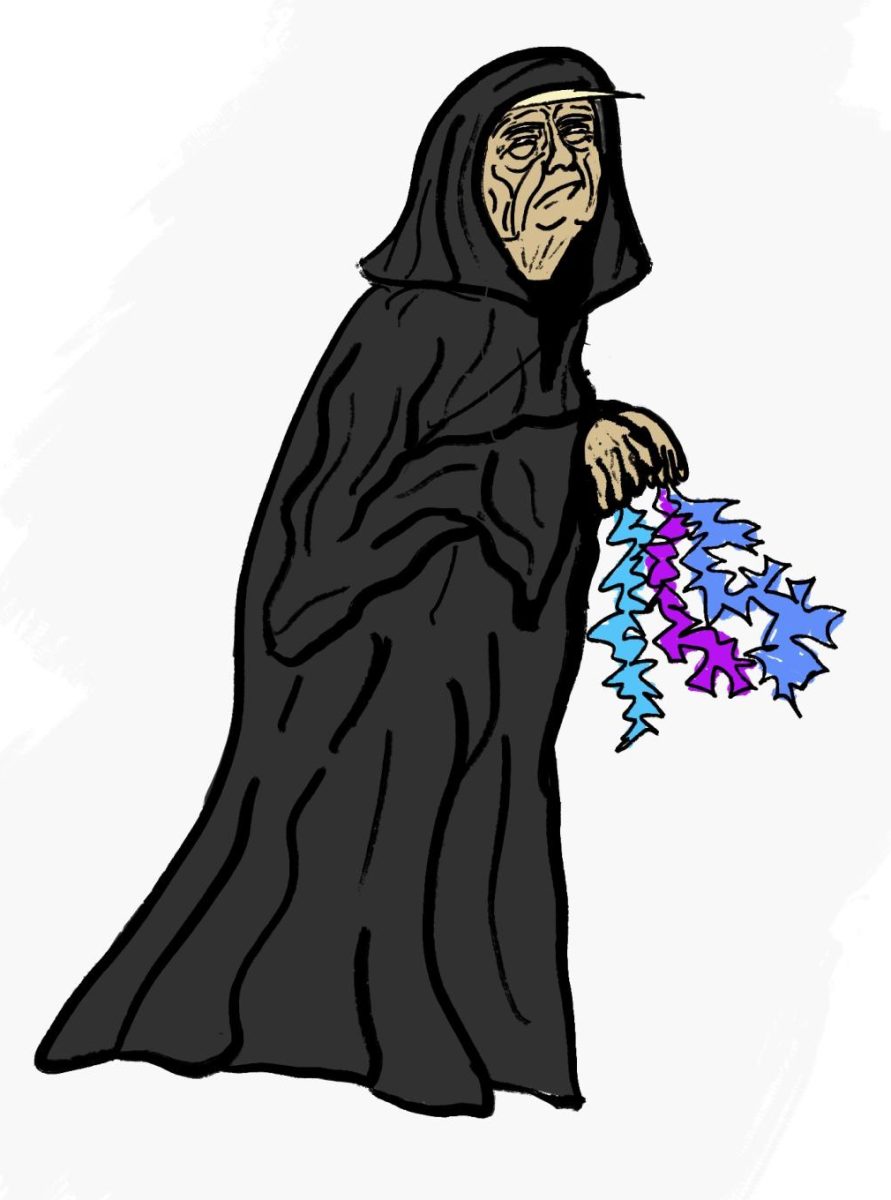When Juliana Zavala, the Girls Flag Football Coordinator for Chicago Public Schools, asked one of her athletes what made her want to give the sport a try, the answer was simple: everyone was starting from the same level. This experience—being able to try out a new activity without worrying about being in a space where everyone was years ahead of you—remained a key element of the sport when ETHS introduced its own girls’ flag football team in September. As 45 girls stepped onto the field for the first time, every one of them immersed themselves into the sport, learning the ropes together. They were all beginners.
Opportunities such as these, where students have the freedom to explore new interests and immerse themselves into different spaces, cannot be undervalued by ETHS—whether it be in sports, theater or even something like ornithology club. When maintaining a school environment that provides equitable opportunities to every one of its students, administrators have to look at what equity means from all different lenses—within the classroom, outside the classroom and in the broader community.
While the introduction of the flag football team led to an equitable, welcoming space for some athletes, it isn’t enough alone. The majority of sports team tryouts continue to be one of the biggest stressors for student athletes, and, unless they’ve been playing for club teams since elementary school, few students interested in playing a sport actually have the opportunity to try it out. Being a part of the basketball team means years of dedication to the sport before high school even starts; unlike the flag football team, it is impossible to simply go to a practice and see what happens. Similarly, in a classroom setting, students too frequently enter the space feeling as though they’re years behind the rest of their peers. The same can be said for a plethora of student activities and clubs, including the Evanstonian.
Within the Evanstonian, we are currently reevaluating the ways in which we introduce new contributors into the paper. Like the majority of clubs and spaces at ETHS, the makeup of the paper is not reflective of the makeup of the student body and, by leveling the field, we’re hoping that more students feel as though the paper is a place they can belong. We want all our new staff members to feel like the girls on ETHS’ flag football team did: welcomed and unafraid to put themselves out there. We have taken the time to visit students in English classes, slowly train and help new writers become accustomed to the paper and, ultimately, set them up for success. Every new contributor—whether a writer, artist, photographer, or videographer—is starting from scratch, and that’s what makes the experience manageable.
In order to create these spaces, ETHS needs to continue to listen to feedback from students. The boys’ badminton team—another new sport this year—was only developed because male students were exposed to the sport in P.E. and wanted to continue outside of class. At tryouts, there was no pressure to be the best badminton player of all time; it was about putting themselves out there and trying something new. Being in a space where everyone is on a level playing field made the experience not just rewarding for the athletes, but enjoyable.
However, had it not been for the fact that the athletic department took the time to really listen to the ideas of students, these opportunities wouldn’t have been possible. Going forward, it’s important that all departments and extracurricular activities at ETHS welcome and actively seek out student feedback. At ETHS, there are so many different sports, clubs and activities available for students, but not enough ways to actually get involved in them without prior experience. These new spaces could look like intramural sports teams, theater groups that don’t require auditions or non-competitive versions of seemingly competitive activities—whatever the body expresses a want for.
Most importantly, when developing these spaces, administrators have to constantly reflect on biases and the ways in which these spaces have historically been unsafe and unwelcoming for marginalized students. Joining a new club or activity is never easy, but when school is already a setting that evokes negative feelings, the task becomes that much harder. To cultivate an equitable, safe environment, the school should look toward training its leadership and making resources readily available to students.






